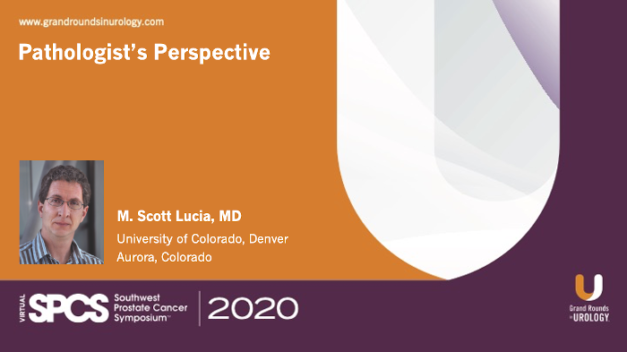Focal Therapy Compared to Radical Prostatectomy
Steven N. Gange, MD, FACS, Director of Research and Education at Granger Medical Clinic/Summit Urology Group, reviews a propensity score-matched study comparing focal therapy (FT) for localized prostate cancer to radical prostatectomy (RP). Dr. Gange explains that, until now, this information has never been reported, as randomized controlled trials (RCTs) comparing RP to FT methods such as high-intensity focused ultrasound (HIFU), brachytherapy, or cryotherapy have historically failed to enroll and could be considered unethical given the disparity of risk. By using propensity score matching, the researchers for this study roughly simulated an RCT by selecting patients with matching entry criteria from a diverse dataset, ultimately testing 246 patients on each respective side. The primary outcome was failure-free survival, and Dr. Gange notes that at 3, 5, and 8 years the results were similar for both cohorts. Each cohort also had similar biochemical and histopathological outcomes. Dr. Gange concludes that this appears to be a reasonable comparison between RP and FT, but observes that there are some limitations to the study, including an inability to account for confounding variables and to adjust for baseline urinary and sexual function, as well as a lack of long-term outcomes.
Read More




